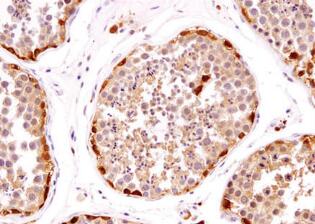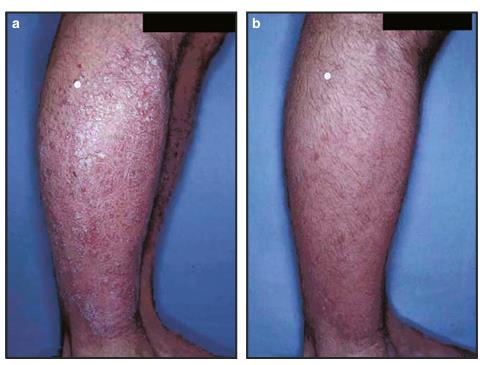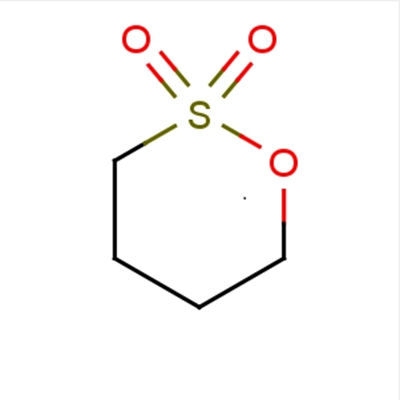L-Sulforaphane: mechanism of action and clinical applications
General Description
L-Sulforaphane, found in cruciferous vegetables, acts as an antioxidant by activating phase II enzymes through the Keap1/Nrf2 pathway, thereby neutralizing reactive oxygen species (ROS). It also demonstrates anti-inflammatory effects by inhibiting proinflammatory mediators via Nrf2 activation and has been shown to reduce inflammatory damage in experimental models. Additionally, L-Sulforaphane exhibits epigenetic mechanisms by downregulating HDAC enzymes, potentially contributing to its anti-cancer properties. Its clinical applications include potential use in cancer therapy, neurodegenerative disease treatment, and cardiovascular health. These diverse properties make L-Sulforaphane a compelling subject for further medical research and development.
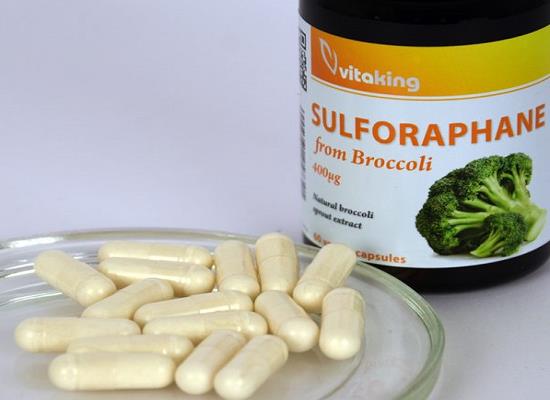
Figure 1. Capsules of L-Sulforaphane
Mechanism of action
Antioxidant capacity
Historically, L-Sulforaphane has been recognized for its antioxidant capacity by inducing phase II enzymes in the detoxification process. Phase II enzymes equilibrate ROS imbalance via the activation of the kelch-like ECH-associated protein 1 (Keap1)/ Nrf2 pathway. Upon consumption of cruciferous vegetables, L-Sulforaphane enters cells and binds with Keap1 and destabilises its bond with the inactivate Nrf2-Keap1 protein. Nrf2 protein translocates into the nucleus to bind with the antioxidant response element (ARE) and activates the transcription of antioxidant enzymes including NQO1, HO-1, thioredoxin and superoxide dismutase (SOD). Phase II enzymes are important in neutralizing ROS via inducing the Keap1/Nrf2 pathway activating the 50-upstream region of the ARE. 1
Anti-inflammatory properties
L-Sulforaphane is known for its ability to induce an anti-inflammatory response by activating the Nrf2 transcription factor. The Nrf2/ARE transcription pathway plays a significant role in regulating reactive oxygen species (ROS) and inhibiting the expression of proinflammatory mediators. Overstimulation of ROS can activate inflammatory-regulatory factors such as NF-kB and AP-1. Therefore, targeting the Nrf2/ARE pathway has become crucial in oxidative stress and inflammatory diseases. A study conducted by Li and colleagues demonstrated that L-Sulforaphane activates the Nrf2 pathway in mice, leading to the restoration of endogenous antioxidant levels and a reduction in inflammatory damage in an experimental autoimmune encephalomyelitis model. The proposed mechanism involves L-Sulforaphane inhibiting Nrf2 ubiquitination, while simultaneously decreasing NF-kB expression and AP-1 levels. Furthermore, another study showed that L-Sulforaphane inhibits the pro-inflammatory cytokine tumor necrosis factor-alpha (TNF-a) by inhibiting the RhoA/ROCK signaling pathway in endothelial cells. This provides additional evidence of L-Sulforaphane's anti-inflammatory effects. In summary, L-Sulforaphane exerts its anti-inflammatory effects through the activation of the Nrf2 pathway, which regulates ROS and inhibits the expression of proinflammatory mediators. This mechanism has been observed in various experimental models, highlighting the potential therapeutic value of L-Sulforaphane in oxidative stress and inflammatory diseases. 2
Epigenetic mechanisms
L-Sulforaphane has been found to have epigenetic mechanisms through its selective downregulation of class I and II HDAC enzymes and increasing acetylation of histone H3 in prostate epithelial cells. HDAC inhibitors like Vorinostat and Romidepsin have already been approved for clinical use in treating cutaneous T-cell lymphoma. L-Sulforaphane's inhibition of HDAC 6 is particularly interesting as it exhibits chemopreventative properties by causing hyperacetylation of non-histone protein HSP90, leading to the degradation of androgen receptor proteins that are often upregulated in cancers like prostate, lung, and breast. Notably, it has been observed that L-Sulforaphane metabolites, L-Sulforaphane-cys and L-Sulforaphane-NAC, exert HDAC inhibitor activity rather than L-Sulforaphane itself. These findings highlight the complexities of studying epigenetic modifications with L-Sulforaphane. 3
Clinical applications
L-Sulforaphane, a natural compound found in cruciferous vegetables, has garnered attention for its potential clinical applications. Research suggests that L-Sulforaphane exhibits anti-cancer properties by targeting multiple pathways involved in tumor development and growth. Additionally, it has shown promise in the prevention and treatment of neurodegenerative diseases, such as Alzheimer's and Parkinson's, due to its ability to reduce oxidative stress and inflammation in the brain. Furthermore, L-Sulforaphane may have cardiovascular benefits, including lowering blood pressure and improving endothelial function. Its diverse potential clinical applications make L-Sulforaphane an intriguing subject for further research and development in the medical field. 1
Reference
1. Mazarakis N, Snibson K, Licciardi PV, Karagiannis TC. The potential use of l-sulforaphane for the treatment of chronic inflammatory diseases: A review of the clinical evidence. Clin Nutr. 2020 Mar;39(3):664-675.
2. Kim Y, Kim K, Park D, Lee E, Lee H, Lee Y-S, et al. Histone deacetylase 3 mediates allergic skin inflammation by regulating expression of MCP1 protein. J Biol Chem 2012;287(31):25844-22859.
3. Clarke JD, Hsu A, Yu Z, Dashwood RH, Ho E. Differential effects of sulforaphane on histone deacetylases, cell cycle arrest and apoptosis in normal prostate cells versus hyperplastic and cancerous prostate cells. Mol Nutr Food Res 2011;55(7):999e1009.
);Related articles And Qustion
See also
Lastest Price from L-Sulforaphane manufacturers
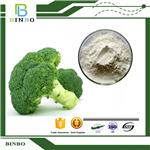
US $0.00/kg2024-04-22
- CAS:
- 142825-10-3
- Min. Order:
- 1kg
- Purity:
- 1%-10% 98%
- Supply Ability:
- 1000 kg

US $10.00/Kg/Bag2022-06-02
- CAS:
- 142825-10-3
- Min. Order:
- 1Kg/Bag
- Purity:
- 99%
- Supply Ability:
- 20 Tons

